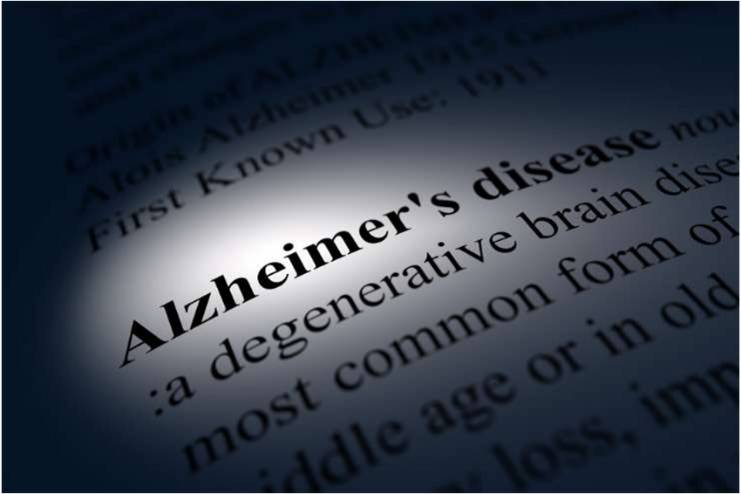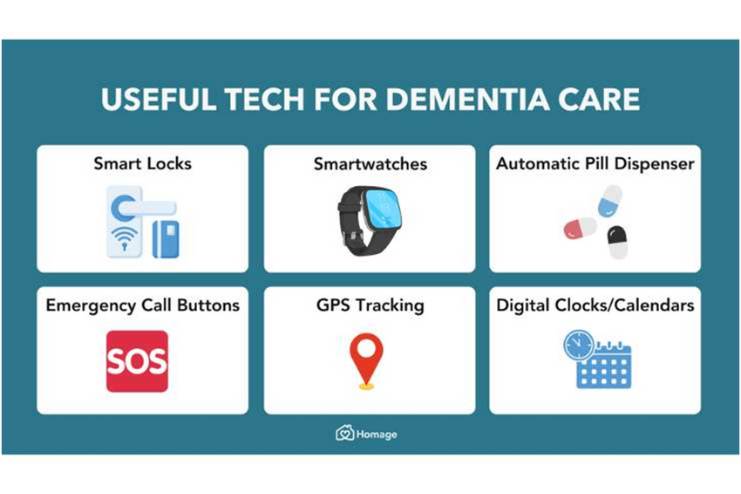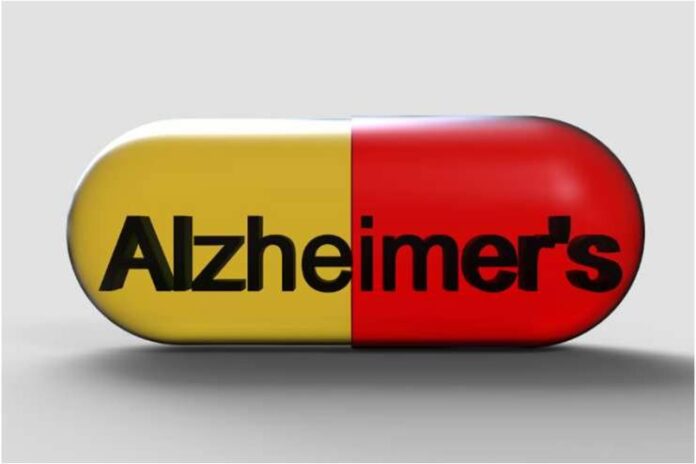Affiliate Disclaimer
Some links in this article are affiliate links. We may earn a small commission if you make a purchase through these links, at no extra cost to you. We only recommend products we find useful to our readersA person with Alzheimer’s disease can be difficult and emotionally draining to care for. Patients experience growing challenges with memory, speech, and everyday chores as the disease worsens, requiring more attentiveness and involvement from caregivers. Fortunately, a new generation of support is being provided by technological developments, enabling patients and caregivers in previously unthinkable ways. Technology is improving the standard of Alzheimer’s care and relieving the strain on caregivers, from memory-aid assists to safety-ensuring gadgets. Specifically created to help Alzheimer’s patients and their caretakers, this article examines the best technological options available.
Understanding Alzheimer’s and Its Challenges

The Alzheimer’s disease is a progressive neurological condition that mainly affects thinking, behavior, and memory before eventually making it difficult for a person to perform daily tasks. Alzheimer’s is the most prevalent type of dementia, affects millions of people globally and causes symptoms that get worse with time. People may feel modest forgetfulness and confusion in the early stages of the disease. Still, as it progresses, they may suffer from severe memory loss, have trouble identifying loved ones, and lose their ability to make decisions.
For both patients and caretakers, dementia is a journey full of difficulties rather than just a diagnosis. As their loved ones battle this illness, caregivers must offer them the vital support and help they need. As demands change, one of the biggest problems in Alzheimer’s care is to provide reliable, efficient support. Patients may become lost, confused, or need help with seemingly easy tasks, which raises hazards and requires ongoing care. Fortunately, with the creation of creative solutions, technological breakthroughs have become a ray of hope.
Technology tackles these issues head-on with advancements like virtual reality to improve memory, GPS tracking for safety, and medication adherence reminders. Wearable and interactive technologies give caregivers a helping hand, enabling them to monitor and support patients better. These technological solutions improve both parties’ general quality of life and lessen the strain on caregivers.
Categories of Technological Tools

With solutions designed to meet the requirements of both patients and caregivers, technology has created new opportunities to support Alzheimer’s care. The following are some crucial categories:
Apps for Caregivers:
Task management and scheduling tools like CareZone allow caregivers to organize medication schedules, appointments, and to-do lists in one location, which can be invaluable for those managing several responsibilities. In the same way, relatives can stay informed using communication platforms like CaringBridge, which make it simple to publish updates, communicate progress, and create networks of emotional support. It keeps everyone informed and connected without putting too much strain on the primary caregiver.
Memory Aids for Patients:
The Medisafe app is frequently rated as one of the best apps for medical management. It may make medication management easier by providing customized reminders and alerts for daily medication. Digital calendars like Google Calendar enable daily chores to be organized and simple to follow. They also keep track of refills, expiration dates, and notifications when prescriptions are running short.
Wearable Technology:
Wearables provide security and health insights. Smartwatches like the Apple Watch can notify caretakers of possible health problems by monitoring heart rate and physical activity. GPS trackers like AngelSense, made especially for wandering prevention, can help caregivers monitor patients’ whereabouts in real time and receive notifications if they wander from designated areas, giving them extra safety and tranquility.
Benefits of Technology in Alzheimer’s Care

Technology is revolutionizing Alzheimer’s care by establishing a network of support that improves patients’ safety, mobility, and communication while lowering caregiver stress.
Improved safety and security:
Nevertheless, technology gives people with Alzheimer’s disease and their caretakers more excellent options. It can lower the strain on caregivers, increase independence, enhance safety and quality of life, and lessen neuropsychiatric symptoms. Under discreet, careful observation, this improved security reduces the possibility of mishaps and gives patients more mobility.
Enhanced communication between patients and caregivers:
Digital communication tools are helping to close the distance between family members, caregivers, and patients. With the use of apps, caregivers can communicate daily updates, providing families with information about the needs and progress of their loved ones without having to make tiresome phone calls.
Increased independence for patients:
A person with Alzheimer’s disease can benefit from technology’s independence and optimism, which reduces the amount of work his caregiver must perform. Whether off-the-shelf or a customized program, technology has a place since it offers fantastic tools for people with Alzheimer’s and those who care for them.
Stress reduction for caregivers:
Innovation eases caregivers’ daily burden by simplifying activities. Virtual support groups, task management applications, and health monitoring systems give caregivers access to priceless resources that prevent them from feeling overburdened and allow them to concentrate on providing high-quality care. By utilizing technology as an ally, caregivers can create a helpful, well-balanced atmosphere for their loved ones.
Tips for Choosing the Right Tools

It takes careful consideration to choose the best technology for Alzheimer’s care to satisfy the demands of both the patient and the caregiver. Here are some essential things to think about:
Factors to Consider:
Usability is crucial in tool evaluation. Simple, user-friendly gadgets and applications with voice instructions or clear images are best for Alzheimer’s patients. Look for those with user-friendly interfaces to ensure that patients can interact with the instruments comfortably. Another factor to consider is features; pick solutions that precisely meet needs, such as GPS tracking, prescription reminders, or health monitoring.
Trial Periods and Demos:
Choose tools that provide demos or trial periods so you can make an informed decision. Before buying a product, test it to see how well it works with your daily schedule and whether it makes caregiving easier. You may examine the tool’s primary functions with a demo, evaluate its usability, and ensure it suits the patient’s requirements and preferences.
Conclusion
Technology is an invaluable tool in the Alzheimer’s care process, revolutionizing how we assist patients and caregivers. The correct tools can significantly improve quality of life by promoting independence and reducing caregiver stress to improve safety and communication. These ideas can enhance effectiveness, compassion, and efficiency.
References
- https://alzheimerscaregivers.org/2023/12/05/12-apps-designed-for-people-living-with-alzheimers-disease-and-their-caregivers/
- https://www.aarp.org/home-family/personal-technology/info-2023/dementia-caregiver-technology.html
- https://www.quailcresteugene.com/innovative-technologies-to-support-dementia-caregivers/
- https://pmc.ncbi.nlm.nih.gov/articles/PMC6643496/
- https://www.alzheimers.org.uk/get-support/staying-independent/how-technology-can-help
- https://www.carezone.com/
- https://www.caringbridge.org/
- https://medisafeapp.com/
- https://www.angelsense.com/
- https://www.alzheimers.org.uk/get-support/staying-independent/how-technology-can-help
- https://www.alzheimers.org.uk/get-support/staying-independent/using-technology-everyday-life
- https://pmc.ncbi.nlm.nih.gov/articles/PMC8040150/
- https://www.thegoodcaregroup.com/live-in-care/dementia-care/assistive-technology-for-dementia/
- https://www.brightfocus.org/alzheimers/article/current-technology-dementia-and-alzheimers-disease
- https://alzheimer.ca/en/help-support/dementia-resources/shopping-assistive-products
- https://www.dementia.org.au/living-dementia/home-life/tools-and-aids-help-home
- https://www.alz.org/professionals/health-systems-medical-professionals/clinical-resources/cognitive-assessment-tools
- https://www.nia.nih.gov/health/health-care-professionals-information/alzheimers-and-related-dementias-resources
In this Article



















